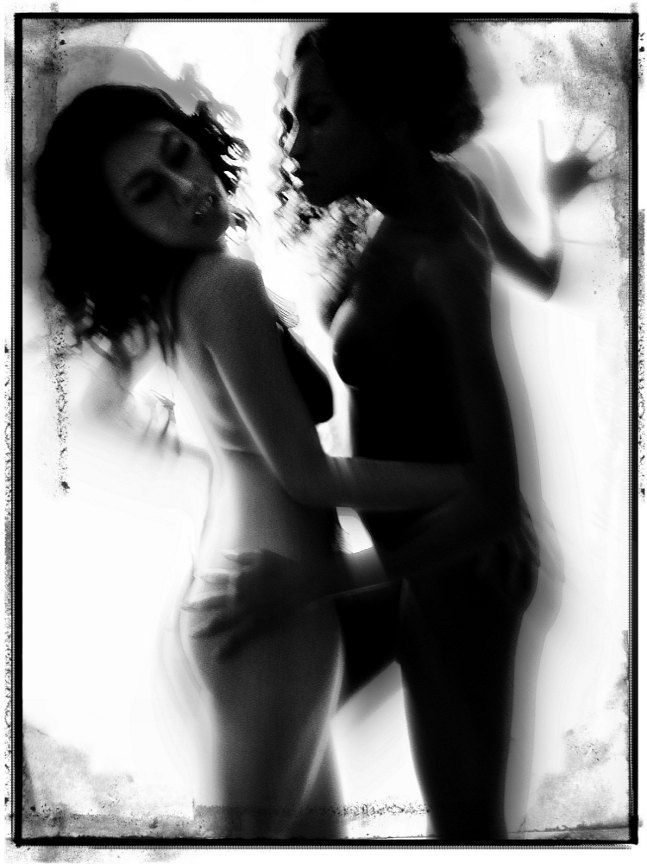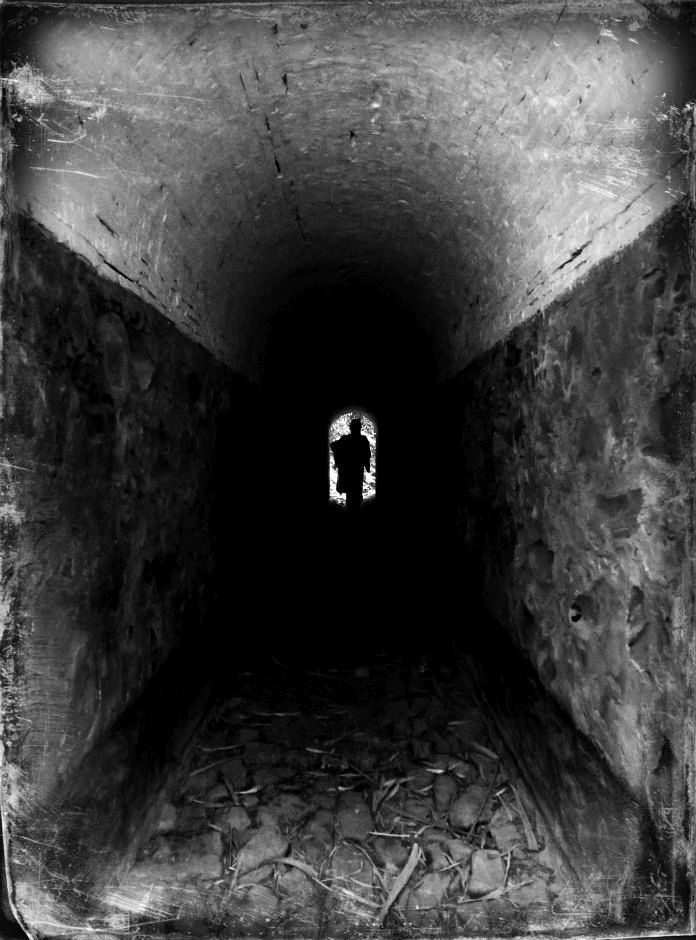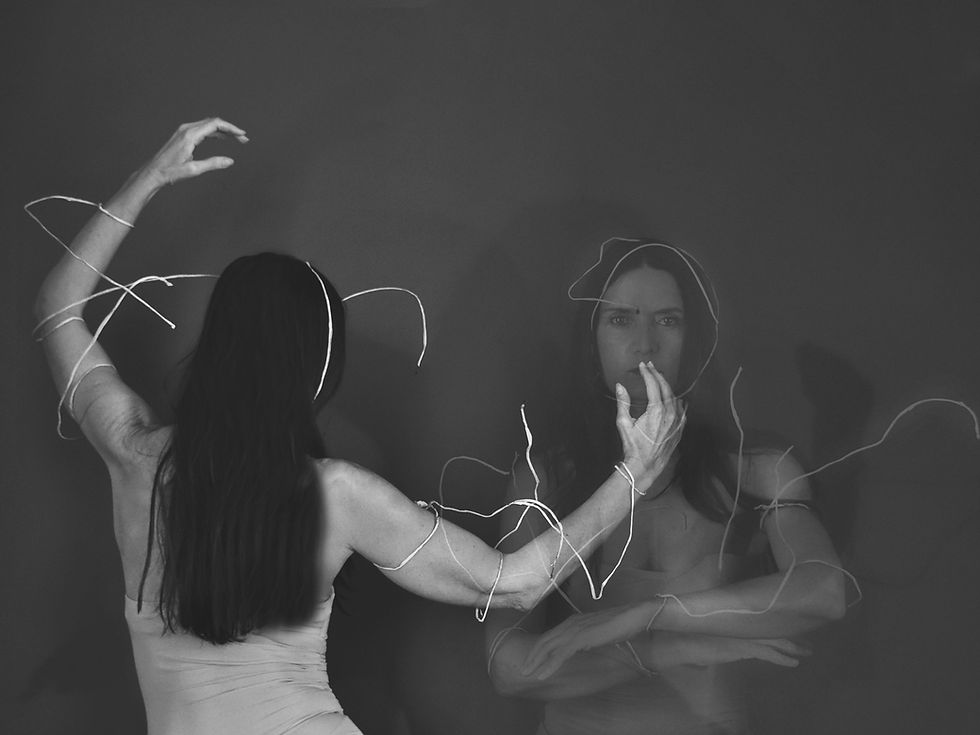#silentimages A Promise of the Invisible
- Angela Rosana

- Aug 28
- 3 min read
Updated: Aug 29
This encounter was anything but fortuitous. The photographs of Souhayl A reached me as if interrupting the ordinary flow of vision: they suggested far more than they revealed. More than images, they were breaths that refused to fit within boundaries. At the same time, I was immersed in reading Traces of Music, a book given (and written) by my professor Fátima Pombo during my master’s, which soon became a constant companion. It was in this crossing, between images and pages, that this text was born, not to explain them, but because within them I recognized the same vertigo spoken of by John Keats and resonant in Fátima. The force of what does not fulfill itself, but insists on vibrating: “Heard melodies are sweet but those unheard are sweeter.”
There are experiences that do not exhaust themselves in what they reveal, but in the space of what remains veiled. It is in this interval between presence and absence that art finds its strength: that which is neither heard, nor seen, nor touched, and yet still vibrates. Keats, in his Ode on a Grecian Urn, intuited that silence may carry more intensity than sound. In Traces of Music, Fátima Pombo seems to strike that same sensitive chord when she thinks of music as a presence born of abstraction, as if it were possible to give body to the invisible and the unsayable.
Photography inscribes itself within this same territory. It is not the crystallized instant that sustains it, but the murmur that escapes the frame. The gaze clings less to sharpness than to the vibration that insinuates itself between absence and desire, as if every image held within it an underground melody, sweeter precisely because it never comes to be fully heard. Its power lies in the silence that prolongs the experience, reverberates in thought, and settles like a question that never finds an answer.
To multiply, rather than to fix, is photography’s potent act. When a face appears obscured or doubled, what unsettles us is not the absence of expression, but the excess of possibilities. What stands before us is no longer just a figure, but a question about what it means to truly see someone. The double does not show the same twice, but reveals the impossibility of ever being just one. The mask does not simply conceal: it reminds us that every image is already born as a disguise.

It is at this point that photography approaches what Umberto Eco called productive ambiguity: an openness that forces us to decipher without ever concluding. The work becomes open precisely because it does not deliver what we expect. The clarity that once promised reassurance gives way to a fissure that keeps us vigilant. Every shadow, every blur, every interrupted gesture prolongs the time of the image beyond the instant of its capture.
Even when the scene appears simple, what imposes itself is not the clarity of the moment, but the reverberation it leaves behind. Photography is not the capture of an instant: it is the opening of a continuity that persists in thought, like the vibration of a melody when the sound has already ceased.
Perhaps this is the true sweetness of the image: not the evidence of what it shows, but the intensity of what remains unconsummated. If music, for Keats, was sweetest when unheard, photography seems to share this same condition. It does not consume itself in the visible. It lingers as promise, and it is from this incompleteness that it draws its restless beauty.
Written by Angela Rosana, learn more about me here.
All the photographs in this article are by Souhayl A who kindly granted permission for their publication. I invite you to discover more of his work here
If you liked this article, leave your review at the bottom of the page!
Read other articles here
Visit our Instagram
Published on Instagram in August 2025












Comments